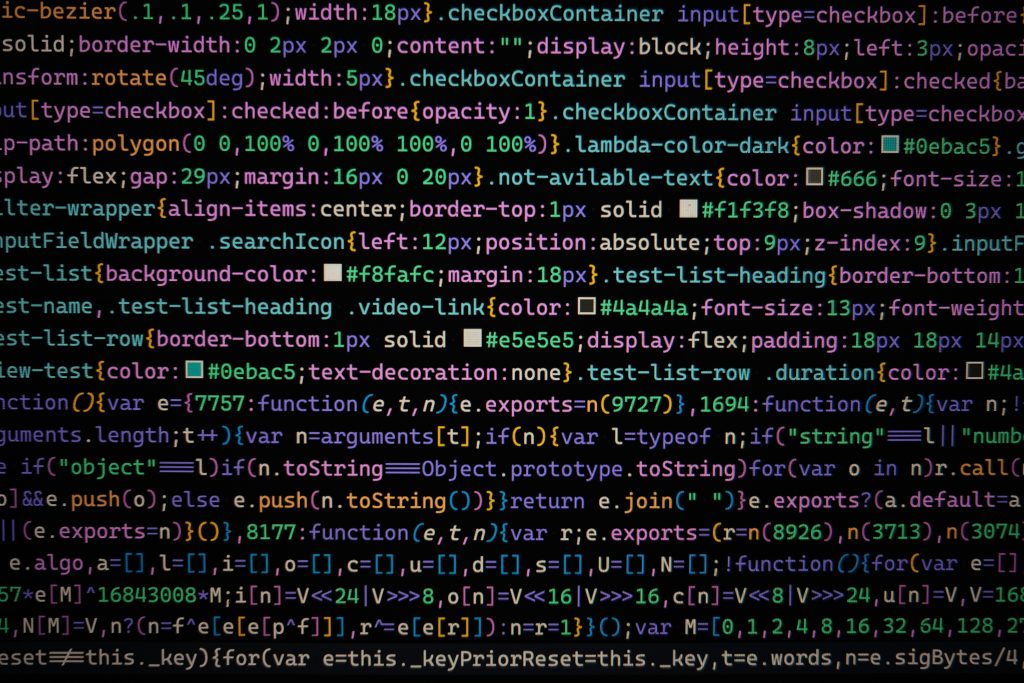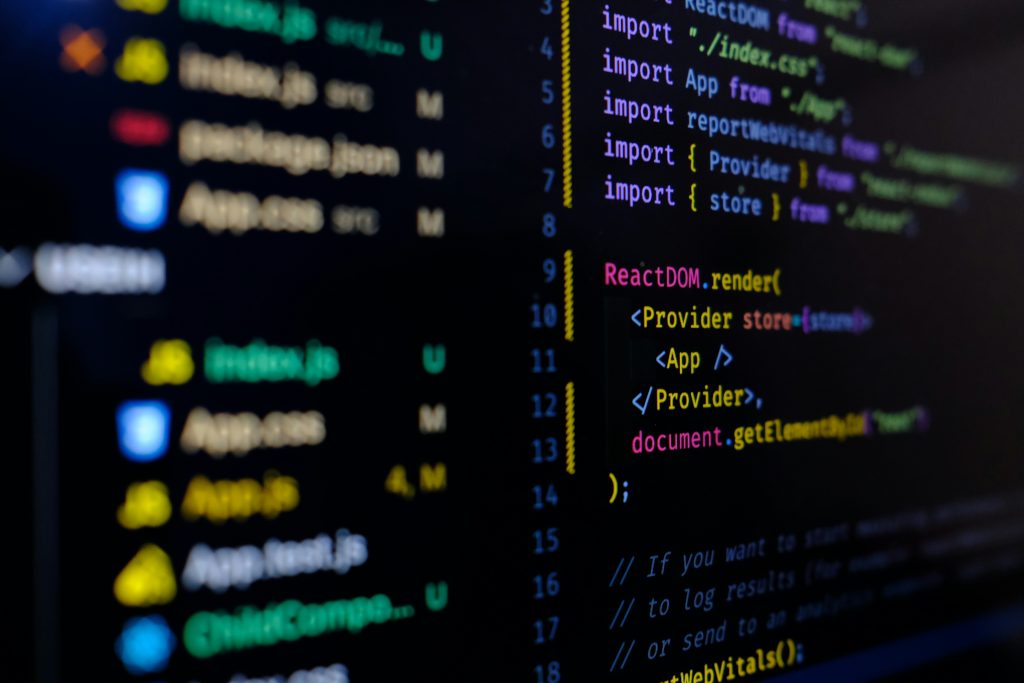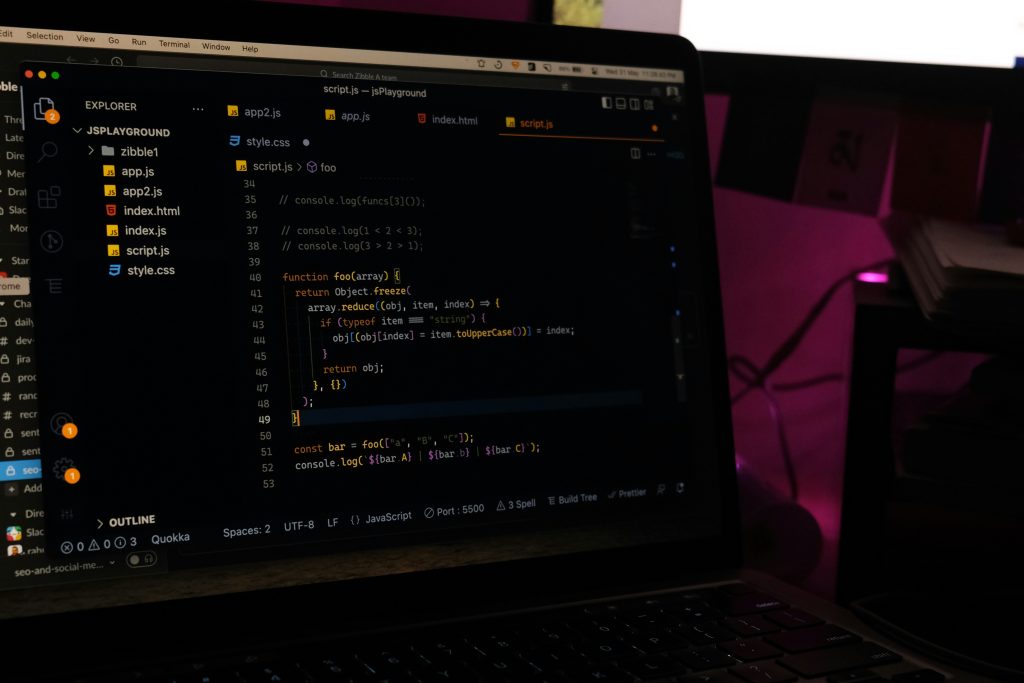1 · MLOps Takes Center Court in Modern ML
Deploy machine learning models to users at record speeds, but most grind out on the path to production, where operations, code, and data follow separate tracks. The answer — MLOps — intertwines DevOps rigor with the nuances of predictive work, paving the way for ai integration solutions in every sector.

1.1 · Define the Term
- Tapped data — Come scrubbed and staged raw logs, waiting for training runs that queue.
- Well-behaved training — Bye “works on my laptop” syndrome when runs are repetitive and code is versioned.
- Silent go-live — With containers, feature stores, and rollout scripts, into production slips the algorithm quietly.
If the balance sheet depends on new forecasts, discretionary this plumbing is not.
1.2 · Continuous Delivery Keeps the Pulse
- One-button lanes — A commit succeeds its tests, then takes a dive as a new weight file with no hands intervening.
- Tiny, frequent drops — Small patches get rolled out with iron-clad CI/CD for ML, the service stays online, and rollback — if needed — in seconds.
- Eyes on the wire — Live metrics catch drift or lag the moment they occur, so the retrain cycle starts before users hit the hitch.
With CD integrated into MLOps, squads allow the pipeline to take care of server work and prioritize enhanced features and fresher data. Read more: https://celadonsoft.com/solutions/ai-integration
2 · Pillars of an ML Conveyor
An effective MLOps conveyor runs on well-labeled stations; skip one, and reproducible delivery is crippled. A robust MLOps pipeline ensures that each step is in its place safely.
2.1 · From Raw Logs to a Trained Weight
- Headline in the gate, the data — Clean and current inputs need to arrive at disk before learning software can commence, either as neat tables or dirty text.
- Clean and polish — Trimmed outliers, padded blanks, aligned scales; now the set rolls into the trainer.
- Educating the model — Algorithm selected, knobs adjusted — typically by an auto-search routine — and performance pursued until gains level off.
2.2 · Tests That Run Themselves
- Quality on autopilot — Suites execute following each build, alerting to drift or logic lulls long before production is affected.
- Fresh sets, fresh proof — Hold-out shaves and blind batches ensure that lessons learned apply across the first heap.
- Post-launch watch — Dashboards plot accuracy and latency; alarms ring the moment numbers dip.
2.3 · Shipping and Keeping Track
- Push-button releases — Serverless rigs or containers push a new model into any stage — dev, test, or live — without the old “works here, breaks there” dance.
- Versions in plain sight — Data snapshots and weights come along for the ride in a repo (most repos work with DVC), offering an instant rewind for teams when a new build breaks.
Blend all those together; more and more frequently, updates are published in bite-sized, incremental chunks — by keeping models up to date, keeping service bulletproof, and keeping teams out of firefighting, more time is spent on getting the math right.
4 · When MLOps Meets the Real-World Mess
4.1 · Old Gear, New Flow — They Clash
- Architectures that refuse to bend
Hand-built systems and cobwebbed scripts welcome new pipelines with closed doors. - Non-matching toolboxes
Bash scripts over there, drag-and-drop widgets over here — rounding them up takes whole work-weeks. - Data scattered about like loose bolts
Half on local disks, half on cloud buckets; rebuilding becomes a scavenger scramble.
4.2 · Rules, Ethics, and Keeping the Glass Clear
- “Show your math,” auditors say
High-stakes environments require all choices traceable back to the original data. - Rules that are perpetually shifting their boundaries
GDPR-type regulations pursue each sprint, lighter than penalties, more real than vapors. - Bias hiding in the training pipeline
Unbalanced registers can introduce bias unless queried before the final epoch.
5 · Getting One Conveyor on Its Feet

5.1 · Select the Right Wrenches
Git for code history, Docker for the same runtimes, Kubeflow / MLflow to track the life of the model, and Apache Airflow to execute jobs in timely fashion.
5.2 · Follow the Steps
- Nail the finish line — Metrics before code.
- Open the data taps — Automate pulls; old inputs spoil forecasts.
- Train inside a repeatable box — Same seed, same libs, same result.
- Test it with unit, slice, fairness — Every time green or the bench.
- Deploy through CI/CD — Merge, build, deploy — no heroes typing in between.
- Monitor the gauges — Drift, latency, accuracy; alarms cry out before humans do.
Follow the list, and the belt you build won’t blink when data expands, code evolves, or rulebooks rewrite their pages in the dead of night.
6 · Where MLOps Heads Next
Besides, with each year machine learning inroads get made in business operations; models to be updated need systems to execute to stay abreast. MLOps, and continuously rolling production lines stand at that starting point.
6.1 · Signals on the Radar
- Levers pulled by code, not hands
From raw feed to live service, more and more steps shed their manual toggle; bugs drop off, release cycles speed up faster. - Old DevOps tricks, new playground
Commit-test-ship loops previously ubiquitous in app teams now power feature stores and weight files too. - Spotlights on fairness and plain talk
Models in clinics or lending counters must display both their sequence of reasoning and their bias checks before approval stamps land.
6.2 · Pointers for Teams Wanting to Keep Up
- Early warning dashboards whisper
Real-time metrics scream out drift or bottlenecks, enabling model retraining effort to be initiated when impact is low. - Down walls between crafts
Data wranglers, ops, and developers collaborate from a single common backlog, minimizing hand-offs and finger-pointing time. - Know-how shared on the calendar
Brown-bag sessions, playbooks, post-mortems — each iteration builds in-house knowledge and avoids déjà vu errors.
Tools will improve, regulations will tighten up, but companies willing to change behavior as fast as they can as the technology improves will take the front role in the next machine-learning adoption round.
Conclusion
Dynamically, improving tech brings tension to firms in all AI building, and keeping up now rests with MLOps more than ever. Our tour of ongoing model delivery puts two broad lessons on the table.
1. How MLOps changes the odds
- Idea-to-impact, shorter path
Pipelines that rebuild and redeploy on demand let models track new data without weekend heroics from the team. - Checks wired into each hop
Unit tests for code, slice tests for bias, latency alarms post-deployment; bugs rarely find the user. - Fewer hands, leaner bills
Scripts track the drudgery; humans track the betterments, cutting long-term bills.

2. Where attention must remain
- Tools do not stay put
What is deployed today in a cloud can have more knobs added in a quarter; rewrites down the line are prevented by early testing. - Loops of faster learning
Improved feature storage, auto-label helpers bring cycle time to retrain down, minimizing drift. - Rules and conscience in the mix
Fairness checks, privacy shields, rollback paths all need to be in the first cut, not bolted on afterthought.
MLOps is, therefore, more of a practice than a project: monitored, aligned, and re-calibrated as code and rulebooks change. Those companies that turn it into a practice keep their models current and their margins intact when the next shock arrives, moving forward with AI deployment automation in tow.


Leave a Reply
You must be logged in to post a comment.